The Icelandic dog is a breed of dog that is recognized not only in its native Iceland, but also in many other countries. Their history goes back several centuries, and in this article we will detail what makes this breed special.
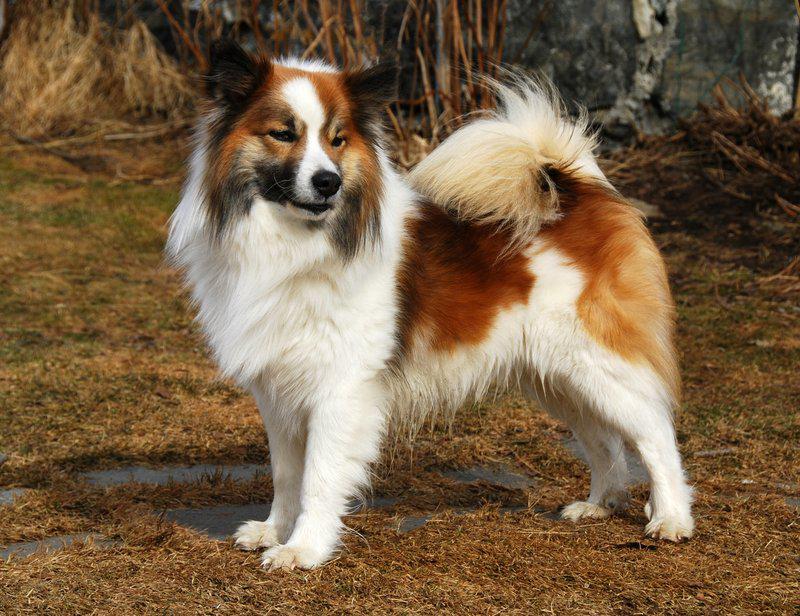
Origins
The Icelandic dog is one of the oldest dog breeds in the world. Its ancestors were brought to Iceland as early as the ninth century by the Norse Vikings. These dogs were used to hunt seals and other animals, as well as to guard homes and herds. Over the years these dogs have adapted to the harsh climate of Iceland, and by the end of the 19th century they were considered a separate breed.
Characteristics
- Size: Icelandic dogs are of medium size and reach a weight of 9 to 14 kilos. They have a compact body and are muscular and robust.
- Coat: Icelandic dogs have dense and thick coats, which helps them to keep warm in cold conditions. Their coat can come in a variety of colors, including white, black, gray, brown and marbled.
- Character: Icelandic dogs are very intelligent and responsive. They are easy to train and obey commands well. It is a breed of dog that loves its owner very much and is willing to accompany him everywhere.
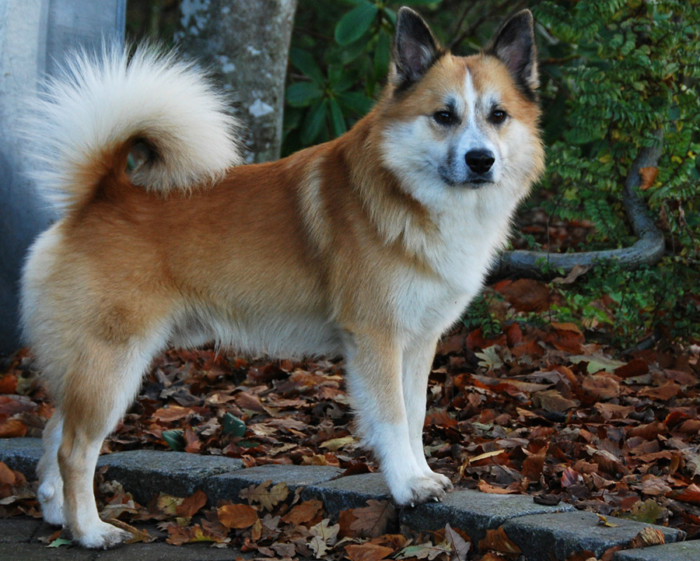
Features
- Adaptability to the cold: Icelandic dogs have special adaptations that allow them to survive in extreme cold. Their thick fur, which can be up to 18 cm long, protects them from low temperatures and wind. They also have thick undercoats that help keep their bodies warm.
- Endurance: Icelandic dogs were originally bred for hunting and guarding. They have excellent stamina and can run long distances. This dog breed is ideal for people who love outdoor activities and sports.
- Health: Icelandic dogs are usually healthy and not prone to hereditary diseases. However, like any dog breed, they do have some medical conditions to look out for. These may include hip dysplasia, eye problems, and some other conditions.
Care
- Feeding: Icelandic dogs do not require special nutrition, but it is important to Monitor their diet and not to overfeed. It is recommended to feed them twice a day and choose a good quality dog food.
- Hair Care: Icelandic dogs need regular hair brushing and grooming. Their coats can be long and dense, so they need to be brushed daily to avoid lumps and tangles.
- Training: Icelandic dogs are very intelligent and love to learn. They need regular training and exercise. The best way to train is positive reinforcement and encouragement.
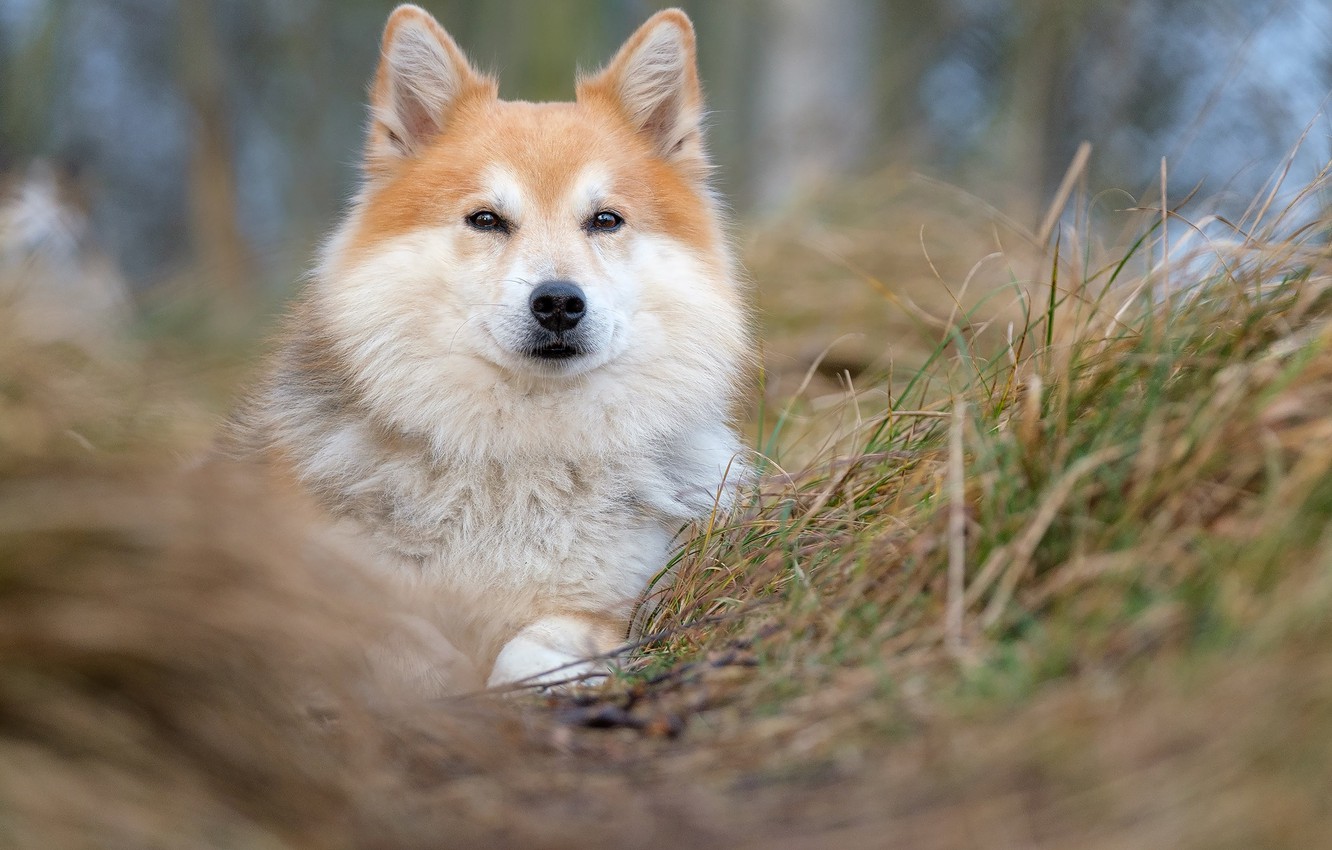
Top 10 facts about the Icelandic dog:
- The Icelandic dog is one of the oldest dog breeds, having been bred in Iceland about 1,100 years ago.
- Icelandic dogs were originally used to hunt harbor seals as well as to guard homes and herds.
- Icelandic dogs are small in size, reaching a weight of 9 to 14 pounds.
- Icelandic dogs have a thick and dense coat that protects them from severe cold. Their coat can come in a variety of colors, including white, black, gray, brown, and marbled.
- Icelandic dogs have a good character and are easy to train, and they are very attached to their owners.
- Icelandic dogs are very hardy and can run long distances.
- Icelandic dogs are used for a variety of purposes such as sporting events, search operations, and just as pets.
- Icelandic dogs have long lives, with an average lifespan of 12 to 15 years.
- Icelandic dogs are often used in movies and television shows such as Game of Thrones.
- The Icelandic dog is the national symbol of Iceland and is depicted on coins and stamps in that country.
Conclusions
The Icelandic dog is an amazing breed of dog that has a rich history and unique qualities. They were bred in Iceland about 1,100 years ago for hunting and guarding, and have adapted over the years to the harsh conditions of the region. They have excellent stamina, adaptability to the cold, and are easy to train. In addition, Icelandic dogs are great pets and are often used in the movie industry. If you are considering an Icelandic dog as a pet, you need to make sure that you are willing to give them enough exercise and proper coat care.
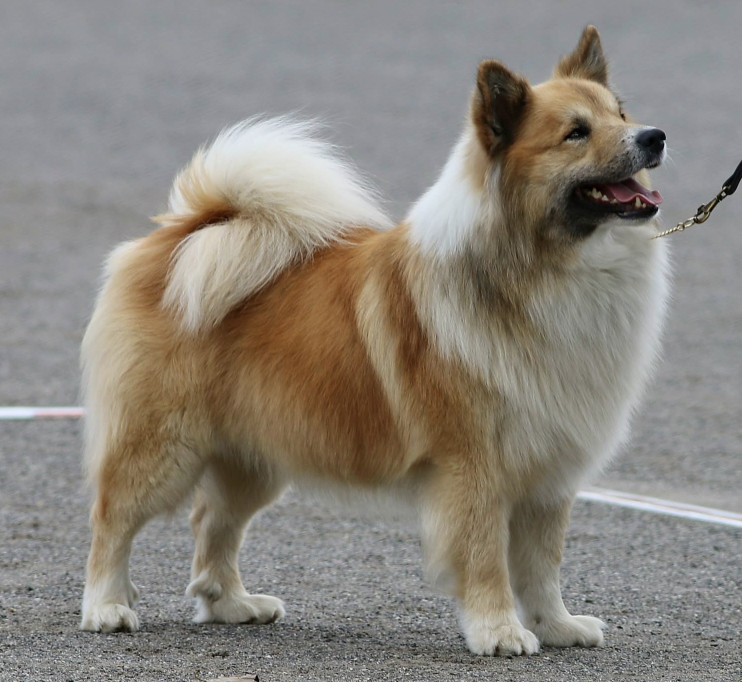

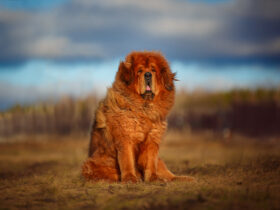
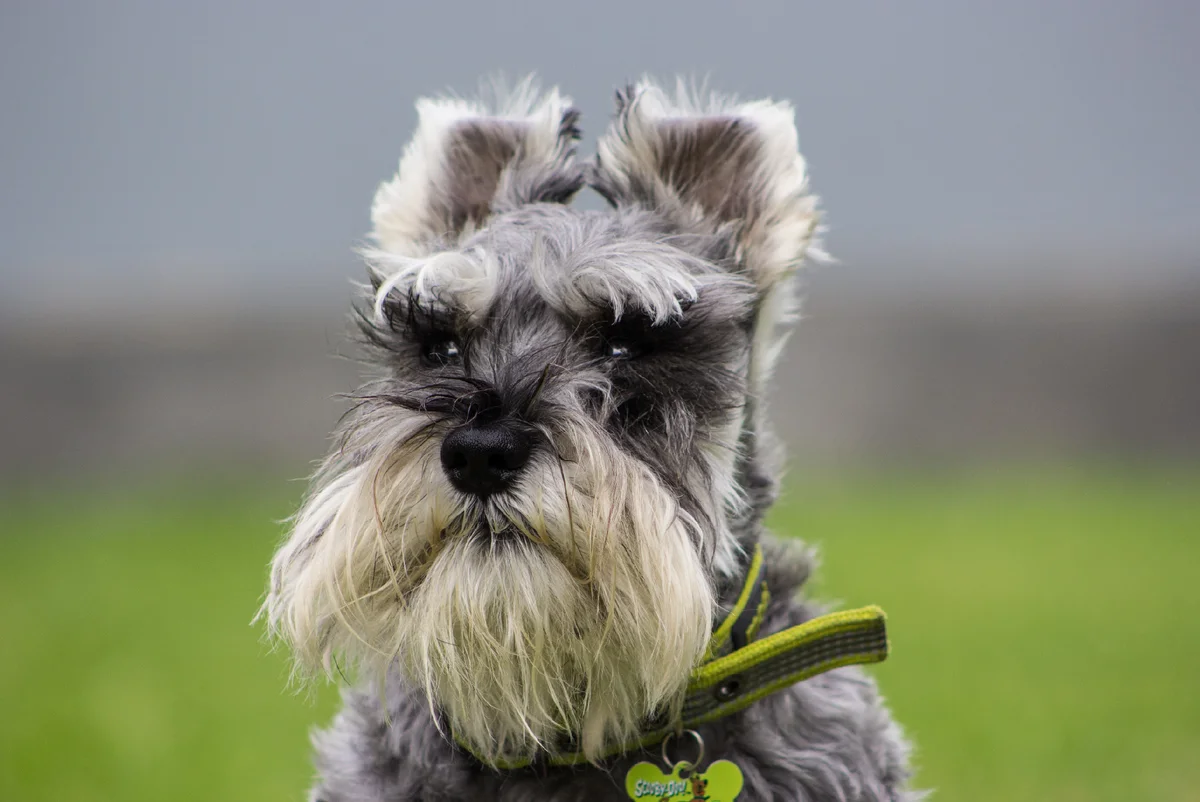
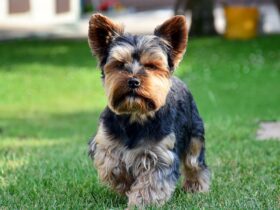
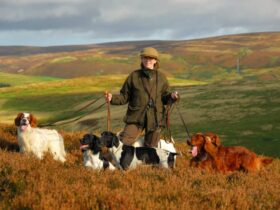
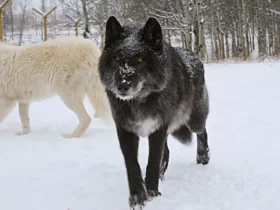
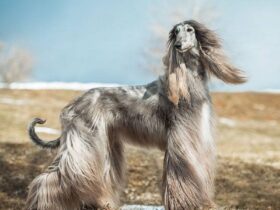
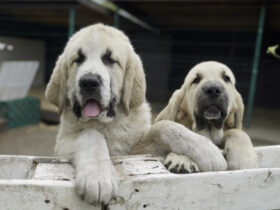
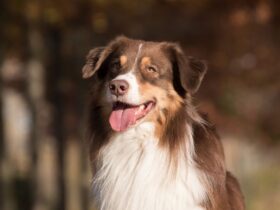
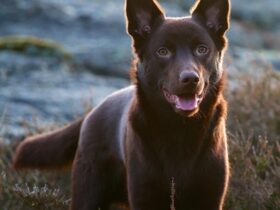
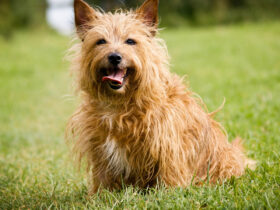
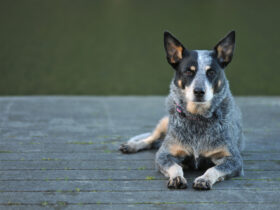
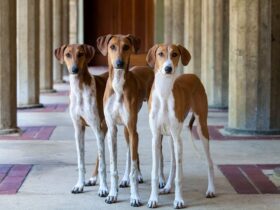
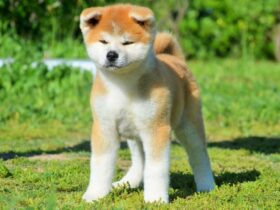
Leave a Reply